Introduction:

Pigeon eggs, though less common in mainstream cuisine compared to chicken, duck, or quail eggs, are a delightful and nutritious delicacy enjoyed in various cultures around the world. Their creamy texture and subtle flavor make them an excellent addition to gourmet dishes, offering a unique culinary experience. In this article, we will explore the intricacies of preparing and cooking pigeon eggs, from sourcing and handling them to various cooking methods that highlight their delicate taste. Whether you’re a seasoned chef or an adventurous home cook, this guide will provide you with the knowledge and inspiration to incorporate pigeon eggs into your culinary repertoire.
Sourcing and Handling Pigeon Eggs
Before diving into the cooking process, it’s crucial to understand how to source and handle pigeon eggs properly. Unlike commercial poultry eggs, which are readily available in supermarkets, pigeon eggs are often sourced from small-scale farms or specialized suppliers. Here are some tips for sourcing and handling these unique eggs:
-
Find a Reliable Supplier: Look for local farms or suppliers that specialize in raising pigeons for their eggs. Ensure they have a good reputation for animal welfare and hygiene practices.
-
Check Freshness: Freshness is key when it comes to eggs. Pigeon eggs should be consumed within a few days of being laid for optimal freshness and quality. Ask your supplier about the laying date or inspect the eggs for any signs of cracking or discoloration.
-
Storage: Store pigeon eggs in the refrigerator, preferably in a separate container to avoid mixing with other types of eggs. They should be kept at a consistent temperature to maintain freshness.
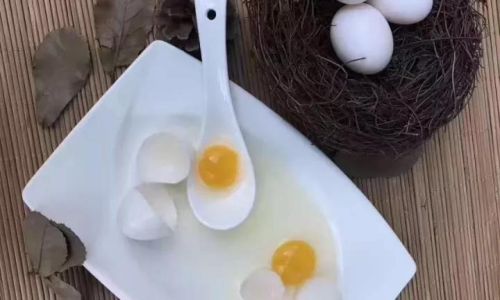
-
Handling: When handling pigeon eggs, be gentle as their shells are thinner than those of chicken eggs. Wash your hands thoroughly before handling and avoid using excessive force when cracking them open.
Preparing Pigeon Eggs for Cooking
Once you have sourced and handled your pigeon eggs properly, it’s time to prepare them for cooking. Here are some basic steps and tips:
-
Cleaning: Although it’s generally not necessary to wash store-bought chicken eggs due to their protective coating, pigeon eggs may benefit from a gentle rinse under cold running water if they come from a farm setting. Pat them dry with a clean paper towel.
-
Cracking: Due to their thinner shells, crack pigeon eggs gently over a bowl. You may need to use a slight tapping motion rather than a forceful crack.
-
Separation (if needed): If a recipe requires separated yolks and whites, use a spoon or egg separator to carefully divide them. Pigeon egg yolks are particularly creamy and rich, making them ideal for dishes that highlight their flavor.
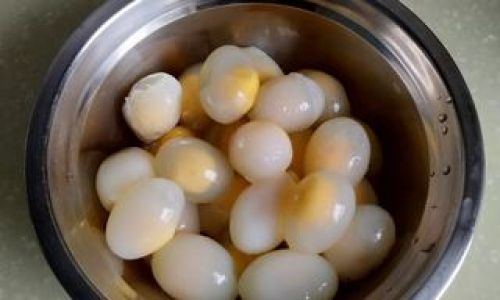
Cooking Methods for Pigeon Eggs
Now that you know how to prepare pigeon eggs, let’s explore some cooking methods that bring out their best qualities:
-
Boiling: Boiling is a simple and effective way to cook pigeon eggs. Bring a pot of water to a gentle simmer (not boiling rapidly) and carefully lower the eggs into the water using a spoon. Cook for about 3-4 minutes for a runny yolk or 5-6 minutes for a fully set yolk. Remove with a slotted spoon and cool slightly before peeling.
-
Poaching: Poaching is another gentle cooking method that preserves the delicate texture of pigeon eggs. Bring a pot of water to a simmer and add a splash of vinegar to help the eggs hold their shape. Crack the eggs into a small bowl or ramekin, then gently slide them into the water. Cook for 2-3 minutes for a runny yolk or longer for a firmer texture. Remove with a slotted spoon and serve immediately.
-
Scrambled: Scrambled pigeon eggs are a luxurious breakfast treat. Beat the eggs lightly with a fork or whisk, adding a pinch of salt and pepper. Heat a non-stick skillet over medium-low heat and add a small amount of butter or oil. Pour in the beaten eggs and stir gently with a spatula until they are just set but still creamy. Remove from heat and serve immediately to avoid overcooking.
-
Fried: Fried pigeon eggs can be a delightful addition to salads, sandwiches, or as a standalone dish. Heat a small amount of oil or butter in a non-stick skillet over medium heat. Crack the eggs into the skillet and cook until the whites are set and the yolks are cooked to your preference. Season with salt and pepper and serve hot.

-
Baking: Pigeon eggs can also be baked in various dishes, such as quiches, custards, or even cakes. Their creamy texture and rich flavor make them an excellent addition to baked goods that require a luxurious egg component.
Creative Recipe Ideas
To inspire your culinary creativity, here are a few recipe ideas featuring pigeon eggs:
-
Pigeon Egg Omelette: Elevate your morning omelette by incorporating pigeon eggs for a richer, creamier texture. Add your favorite fillings, such as cheese, herbs, or vegetables, for a gourmet breakfast.
-
Pigeon Egg Deviled Eggs: Make deviled eggs with a twist by using pigeon eggs. Mix the yolks with a bit of mustard, mayonnaise, and seasoning, then pipe or spoon the mixture back into the egg whites for a delightful appetizer.
-
Pigeon Egg and Asparagus Quiche: Create a sophisticated quiche by using pigeon eggs in the custard base. Pair them with tender asparagus, a sprinkle of cheese, and a buttery crust for a delightful spring dish.
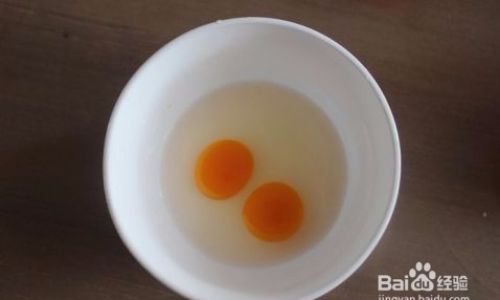
-
Pigeon Egg Salad: Add a touch of luxury to your salad by topping it with hard-boiled pigeon eggs. Pair them with mixed greens, cherry tomatoes, cucumbers, and a light vinaigrette for a refreshing and elegant meal.
-
Pigeon Egg and Mushroom Risotto: Incorporate pigeon eggs into a creamy risotto for a rich and satisfying main course. Add sautéed mushrooms and a sprinkle of Parmesan cheese for an umami-packed flavor experience.
Conclusion:
In conclusion, pigeon eggs offer a unique and delicious culinary experience that can elevate your dishes to new heights. By sourcing and handling them properly and exploring various cooking methods, you can unlock their full potential. Whether you enjoy them boiled, poached, scrambled, fried, or baked, pigeon eggs promise a creamy, rich flavor that is sure to impress even the most discerning palate. So, why not give them a try and add a touch of sophistication to your next meal? Happy cooking!
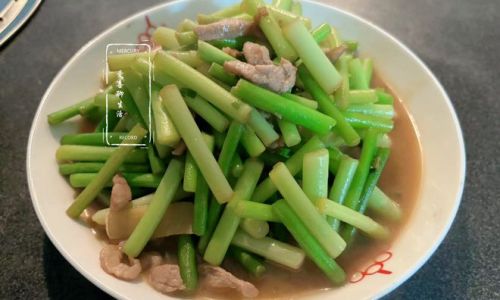
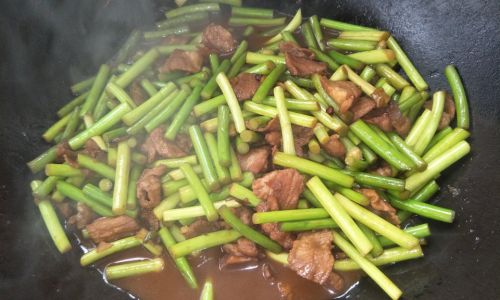
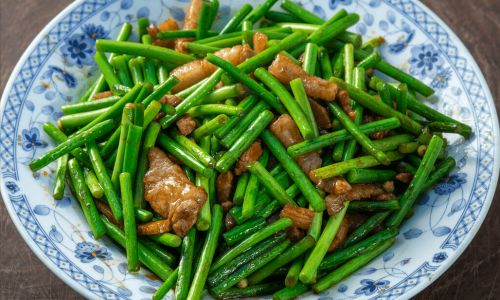
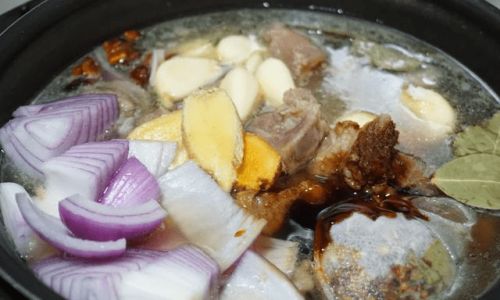
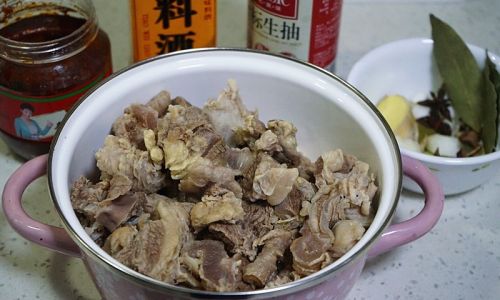
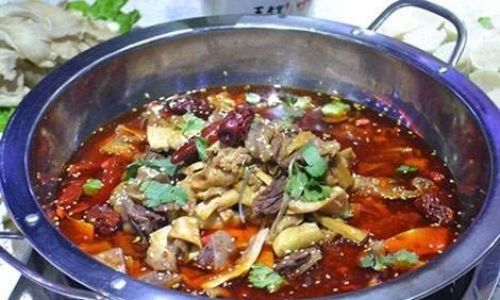
0 comments